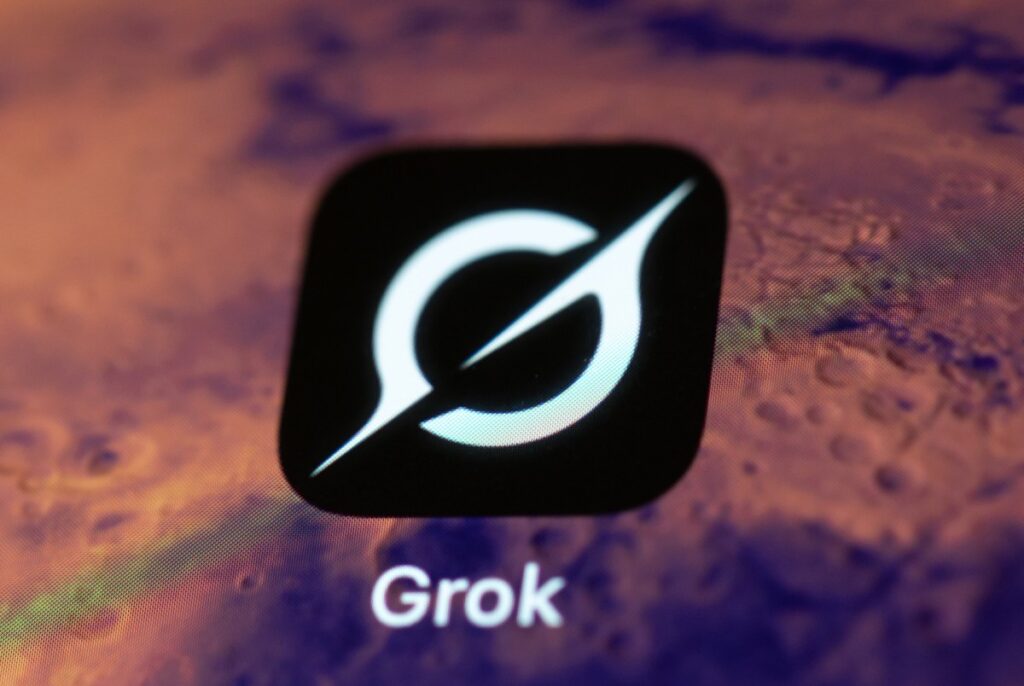Elon Musk’s xAI has recently entered into a notable agreement to supply its AI chatbot, Grok, to U.S. federal agencies for a remarkably low price of 42 cents per year. This strategy stands in sharp contrast to OpenAI and Anthropic, which are offering their enterprise versions of ChatGPT and Claude, respectively, for $1 annually. The implications of this differentiated pricing structure warrant an in-depth analysis, especially as businesses and governmental organizations increasingly lean towards automated solutions to improve efficiency.
The advantages of xAI’s Grok potentially lie in its affordability and the inclusion of direct access to xAI engineers for support. The price point not only makes it an attractive option for smaller agencies with limited budgets but also provides a safety net through technical support that could ease the initial integration hurdles into existing workflows. In scenarios where cost-cutting is paramount, Grok presents a competitive entry point, especially for federal agencies that are historically subject to budget constraints and scrutiny.
In contrast, OpenAI and Anthropic maintain a higher price tier, which may reflect the perceived value associated with their extensive technology and user networks. OpenAI’s ChatGPT has established a robust reputation for its language processing capabilities, backed by extensive training data and continual improvements. Anthropic’s Claude, although relatively new, boasts similarly strong performance metrics, focusing on compliance and ethical functionality. While the higher cost may deter budget-sensitive entities from choosing these platforms, many organizations find that the robustness and maturity of these tools afford a strong return on investment (ROI) that can outweigh initial costs over time.
The distinct pricing strategies also signal different market positions and target audiences. xAI appears to be courting federal entities, potentially aiming to secure a foothold in government sectors that are undergoing modernization. Conversely, OpenAI and Anthropic target a broader market that includes commercial entities, thereby capitalizing on their established technological foundations and reputable customer service. This competitive landscape necessitates a careful examination of not just cost but also the operational efficacy each tool brings to the user.
When considering scalability, it is essential to assess how each platform handles increased demand. Scalability is vital for organizations as they implement AI-driven solutions. OpenAI, with its expansive infrastructure, is likely to handle stress and scaling more gracefully than emerging competitors. This heritage grants it an advantage in high-traffic scenarios, where performance can be a make-or-break issue. Alternatively, xAI’s Grok, while affordably priced and potentially effective in smaller-scale implementations, may face challenges as usage scales and performance metrics come under scrutiny.
Another critical concern is the ethical and behavioral dimensions of using these AI platforms. xAI has faced scrutiny over instances of generating hateful content, which undermines the ethical grounding needed in government settings. The repercussions of deploying a tool like Grok could have long-lasting consequences, necessitating stringent oversight and ethical guidelines that are often built into the operations of more established players like OpenAI and Anthropic. As organizations increasingly prioritize ethical AI use, this area will continue to be significant in their decision-making processes.
Organizations aiming to implement AI chatbots should account for more than just the upfront costs. Examining long-term ROI through the lens of reduced man-hours, increased efficiency, and enhanced service levels offers a clearer picture of total cost evaluation. For example, a small agency may find Grok’s price appealing, but if it encounters substantial operational issues due to potential shortcomings in content moderation or support, the initial savings could evaporate. Conversely, investing in higher-priced options can yield a system that operates smoothly, improving job satisfaction among employees and ultimately creating an environment that is better equipped to serve stakeholders.
In conclusion, the competitive landscape of AI chatbots offers promising options for SMB leaders and automation specialists. xAI’s Grok may provide an economically viable solution, especially for federal agencies, while OpenAI and Anthropic’s more expensive offerings could deliver a more stable, robust experience with seasoned support. Leaders must weigh the cost against operational performance, scalability, and ethical considerations to determine the right fit for their needs.
FlowMind AI Insight: As the competition in AI solutions intensifies, organizations must conduct comprehensive evaluations of not just price but also the broader implications of deployment. Balancing cost, performance, and ethics will be essential for long-term success in integrating AI technologies into organizational frameworks.
Original article: Read here
2025-09-25 16:06:00

